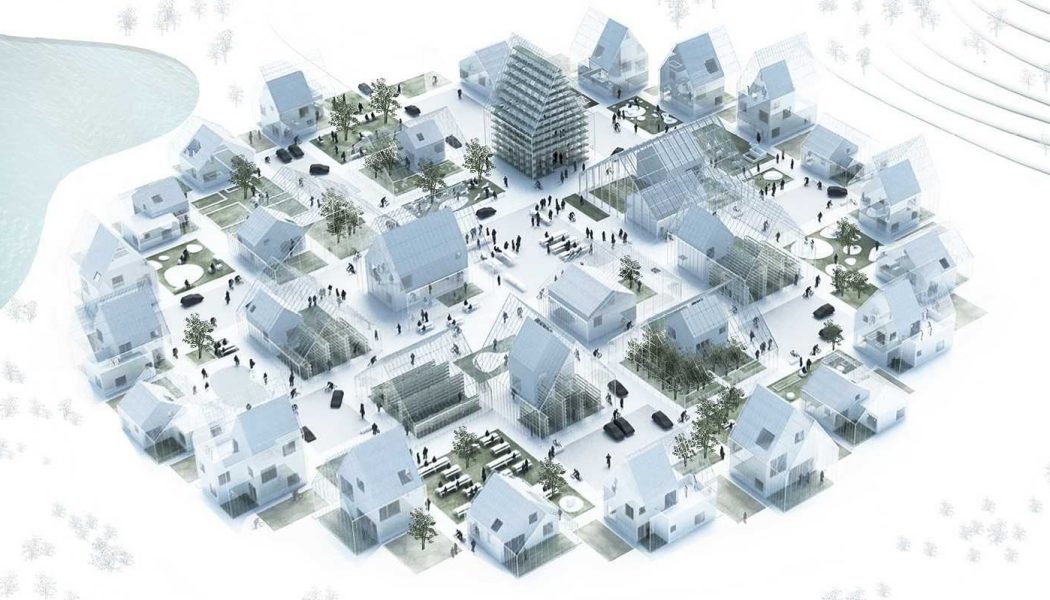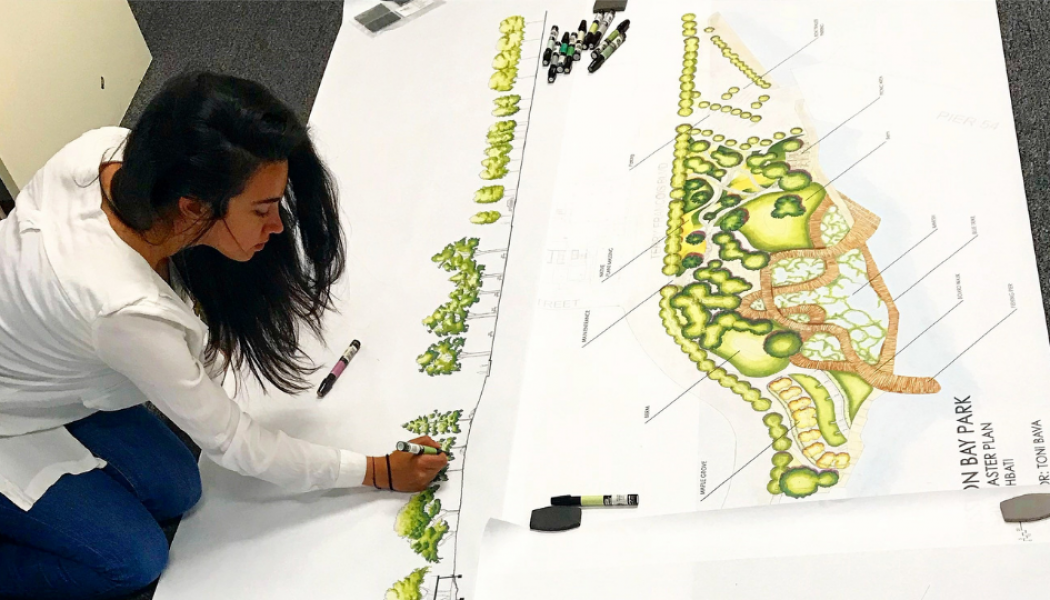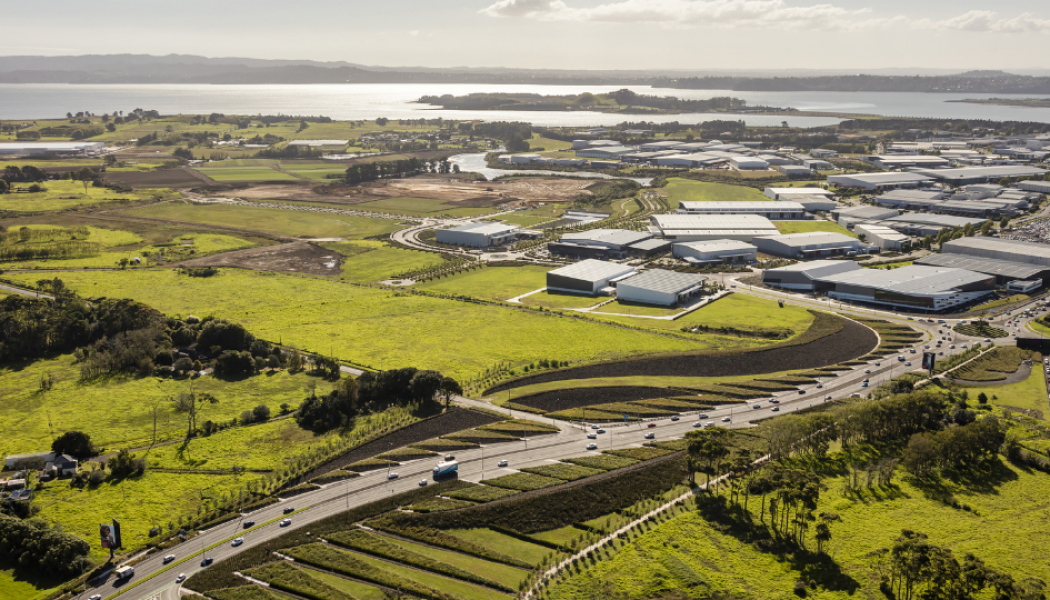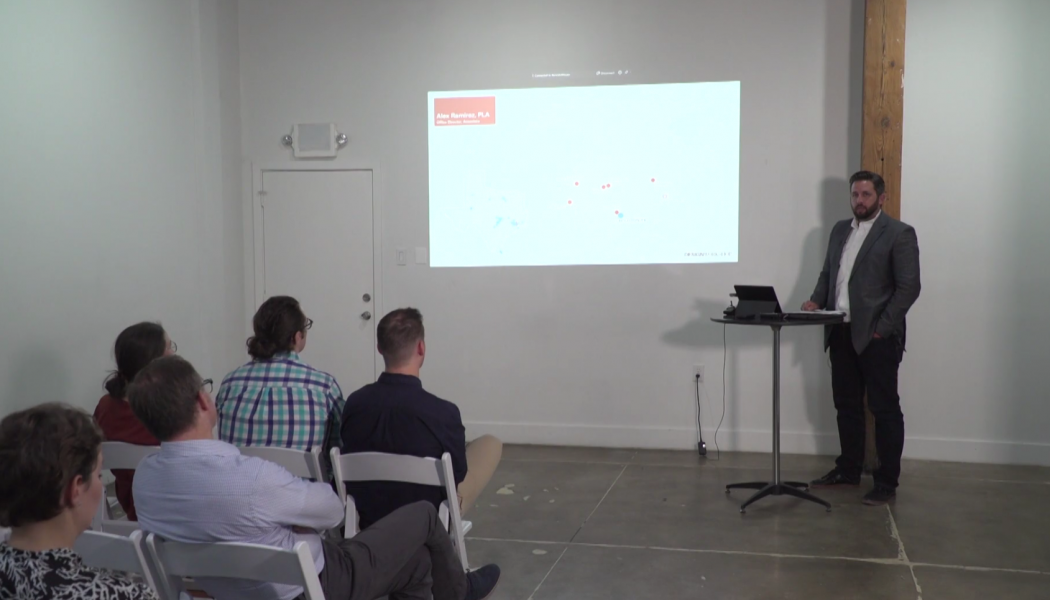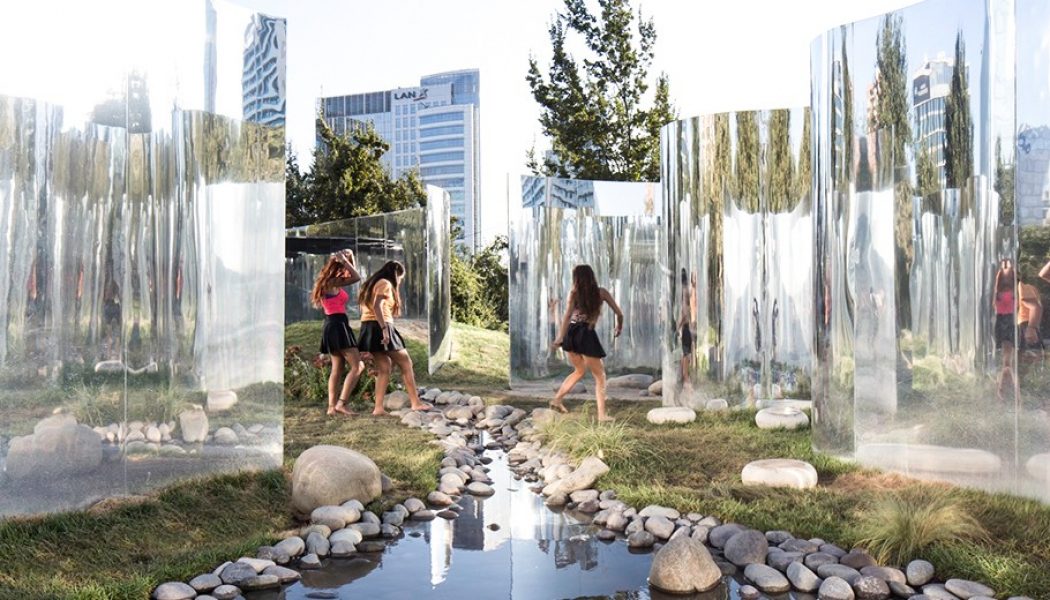Featured
Posts to be featured on the Main Page.
The Secret Life of Unfocus for Creative Work
Has your mind ever wandered in a meeting? You start daydreaming and the speaker’s words fade away. We do this all the time. In fact, we do it between a third to half of our waking hours according to a study by Killingsworth and Gilbert in 2010. When we’re lost in thought, we shift from the central executive network (CEN) in our brain, which focuses on tasks, to the default mode network (DMN), which produces a more unfocused state of mind. Scientists did not place much value on this state for decades and, in the example above, it is not particularly helpful. But, appropriately acknowledged and harnessed, it can be a valuable tool with the work that we do as creative professionals according to Srini Pillay, M.D. in his book Tinker, Dabble, Doodle, Try. We are built to respond to life in rhyt...Read More
Landscape Architecture Can Better Contribute to Greener Recoveries: 3 Key Strategies
I was born, raised, educated, and practiced landscape architecture in the UK, before moving to the US and a role in design in education 14 years ago. Both of my “home countries” are currently considering future trajectories for resilient economies and greener recoveries, and here I offer some brief reflective remarks and formulate three key strategies for landscape architecture to contribute to the build-back better rhetoric that is emerging on either side of the Atlantic. In the US, the Green New Deal resolution (GND), published by Representative Alexandria Ocasio-Cortez and Senator Ed Markey around two years ago, sets forth an economic stimulus and mobilization framework for decarbonization and social equity. While the GND, at present, amounts to little in the way of specifics for its vi...Read More
Winter City Design: Creating Attractive Public Spaces
Winter is a season where the contrast between indoors and outdoors is most noticeable. During the winter, indoor spaces are warm, cozy, and bright while the outdoor spaces are cold, wet, and dark. Many people don’t want to spend their free time outside. This causes physical inactivity and may lead to some health problems, but there is a solution to this that lies in urban design strategies of winter cities. In this article, we look at some winter urban design and landscape architecture strategies that will help built environment professionals to design more lively, active winter cities. Design of Winter Cities These cities are usually cold for most of the year, and health problems such as seasonal depression can occur due to low light exposure and the decline in social and physical activit...Read More
Re-orienting the Void: Melancholy Landscapes & Cultural Diversity
During the peak of various pandemic lockdowns in 2020/21, people took advantage of exploring their cities in ways they hadn’t before, from suburban parks to urban green space. For me, the local cemetery became one of the best places to go for the designated hour of exercise Melbournians were allocated each day during the peak of the Australian lockdown. Whilst on these walks, I discovered uncomfortable spaces where minority cultures were forced into spatially awkward and marginal locations. This observation prompted reflections on the why these marginal spaces and cultures were not given equal importance within a mourning landscape? And how could a new layer be added that respects the marginal whilst also acknowledging the heritage value of the cemetery? ‘Re-orienting the Void’ sets out to...Read More
Solving for Economic Dilemmas by Creating Complete Communities
At one point it was said that all roads led through Ogden, Utah. Downtown Ogden was once the bustling center of the American West. Located just miles from the Golden Spike, where the Central Pacific and Union Pacific Railroads came together to create the first Transcontinental Railroad, the rail economy created great wealth for the residents of Ogden, with the concentration of the investment focused on the City’s Union Station at the core of Downtown. At the turn of the century automobiles dominated the west and brought on the decline of rail travel. As such by the 1950s, Downtown Ogden saw a swift decline in both its population and its economic strength. By the 1980s, blocks of formerly thriving businesses had been reduced to vacant storefronts. Downtown Ogden was a shell of its vibrant p...Read More
The Value of Employee Ownership: Five Best Practices to Consider
As companies built on strong long-term relationships and a commitment to client service, landscape architecture firms thrive when employees deliver high-quality results every time. Recruiting and retaining high quality design and planning talent is critical to achieving this. Retention of top talent goes beyond benefits and compensation, it requires a strong corporate culture that provides employees a stake in the organization. In fact, research continues to demonstrate that employees who have a stake – either through profit sharing or ownership shares — in the company they work for tend to be happier, more committed employees. In 2020, amidst a global pandemic and a time major uncertainty, Design Workshop announced its 100% Employee Stock Ownership Program (ESOP) giving employees so...Read More
Conflict Wood [Land8x8 Video]
The use of tropical hardwood lumber, such as ipe, in construction is damaging the world’s ecosystems at an alarming rate. During the Land8x8 Lightning Talks in Austin, Texas, Zac Tolbert, a licensed landscape architect and Business Development Representative at Delta Lumber & Millworks, outlined the detrimental environmental impacts of specifying tropical hardwoods and the sustainable alternatives available. As a call to action, Tolbert urged design professionals to be stewards of nature and lead the building and construction industry to a sustainable future – starting with eliminating the use of tropical hardwoods in their projects. While wood is considered a renewable resource, standard harvesting practices such as clear-cutting, in which large expanses of forests are cleared, do not...Read More
How Urban Degrowth Makes Better Cities
In decades past, urban cities have grown at an accelerating pace while overlooking environmental and social needs to gain wealth. Likewise, the increasing prosperity has led to an increase in overall consumption and therefore immense natural resource extraction. Since the industrial age, cities have been expanding and attracting many residents from the surrounding countryside. Consequently, environmental damages are increasing, but they can be reduced by introducing a contradictory movement– degrowth. Degrowth has its roots in early 2000s France. It is an ideology opposing the existing model of constant city growth for growth’s sake. And promotes producing only what is needed to sustain the city. Degrowth has the potential to radically transform urban cities towards a more sustainable futu...Read More
8 Questions with @nahalsbt (Nahal Sohbati)
As recently as 10 years ago, when I went through design school, the primary drawing references available to aspiring landscape architects were design magazines and books of renderings by famous landscape architects. Today, the situation is dramatically different. Visually-oriented social media, especially Instagram and Pinterest, have opened a vast repertoire of drawing types and styles – making them accessible and available to anyone with an internet connection. On Instagram @nahalsbt, Nahal Sohbati shares beautiful and playful drawings. We asked Nahal a few questions about her experience in landscape architecture and social media. Let’s start off with a little about drawing – Did you draw as a kid? What are the first things you can remember drawing? As a kid I drew, o...Read More
Cultural Preservation Shapes Auckland International Airport’s Landscape Design
Industrial expansion can—and should—be environmentally and culturally conscious. Nearly 20 years ago, Auckland International Airport (AKL) created a long-term expansion plan that prioritized sustainability while celebrating the country’s rich cultural and agrarian traditions. Our firm was hired to review development plans for six square miles (1,500 hectares) of property at and surrounding AKL. That exercise led to design work for phased projects on the airport-owned property through 2044. The client’s performative prerequisites focus on watershed remediation—much of AKL’s property is adjacent to either Manukau Harbour or Oruarangi Creek. The other primary directive is to minimize the project’s carbon footprint by reusing excavated dirt in other parts of the property to avoid trucking it t...Read More
The Icon: From Concept to Reality [Land8x8 Video]
Iconic elements in the landscape – whether sculpture, public art, or branded graphics – accentuate the experience of a place. These “icons” become identifiers that capture the character of a place and act as a physical interpretation of a development’s brand. However, sometimes the intention of such placemaking icons can fall short, as ideas conceptualized early-on in the design visioning process are not fully realized. How can designers ensure an initial design vision is carried through to implementation? To answer this question, Alex Ramirez, Office Director at Design Workshop’s Houston office, formed a research group with his fellow coworkers as part of Design Workshop’s Emerging Leaders Group* program. During his presentation at the Land8x8 Lightning Talks in Houston, Texas, Ramirez, s...Read More
Increasing Sustainability with Temporary Interventions in the Landscape
As a species, we have the impulse to seek stability and permanence, perhaps because we do not accept the fact that, in the grand scheme of things, we are ephemeral, and this scares us. This impulse is reflected in architecture. Indeed, traditional architecture is always focused on permanence. Perhaps landscape architects have a better appreciation for working in four dimensions, as working with living systems requires an acceptance that nothing is permanent. But what is permanent? We oppose change, but change is the one constant in our lives. Everything is destined to come to an end, so why look for permanent solutions to temporary problems? In this article, we explore the aspects of temporariness. We look at how it manifests today in architecture and the landscape; we examine the implicat...Read More


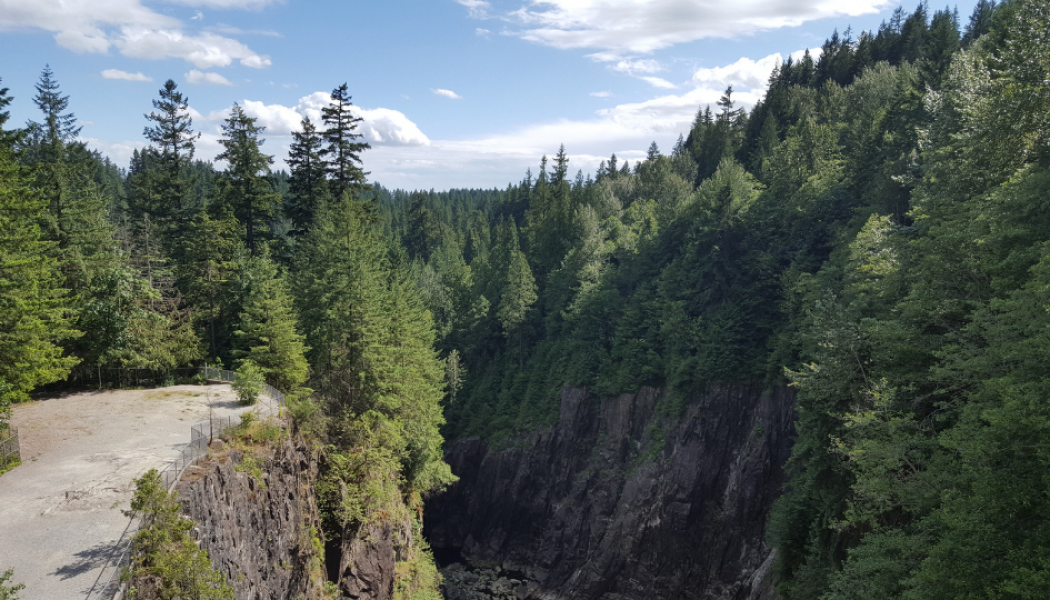

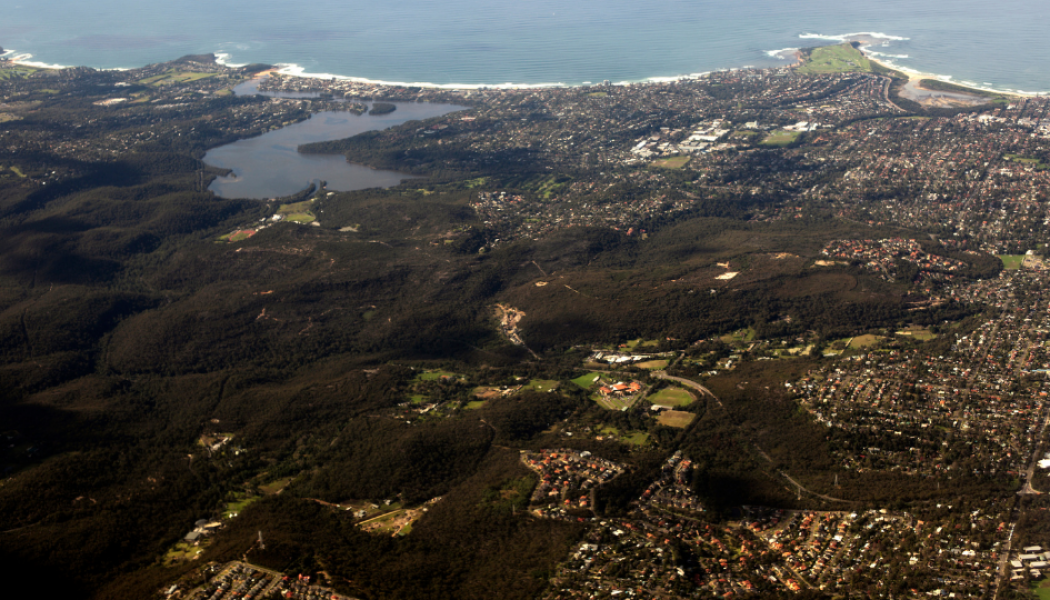



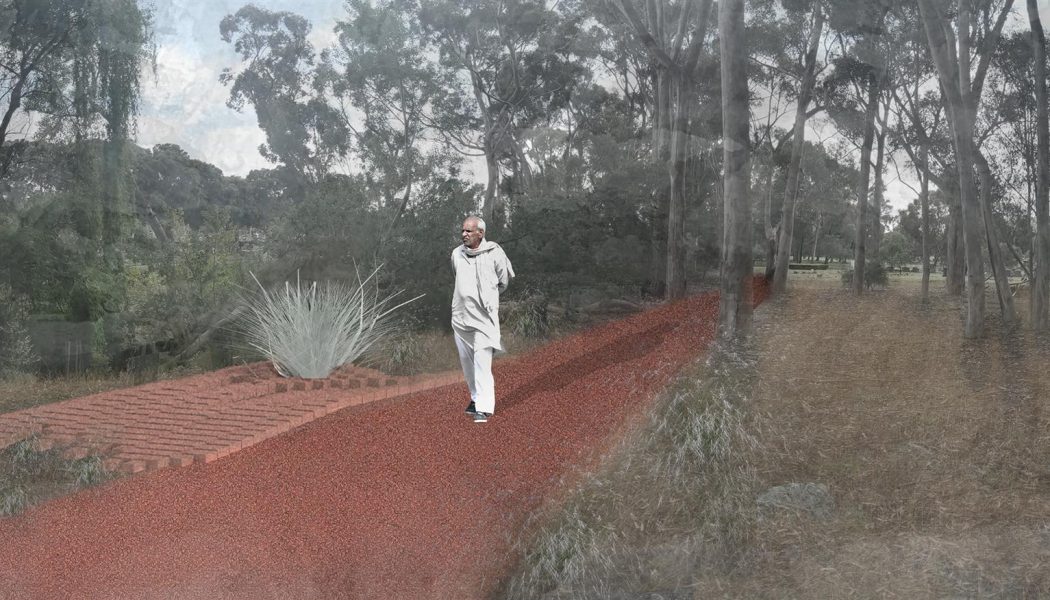

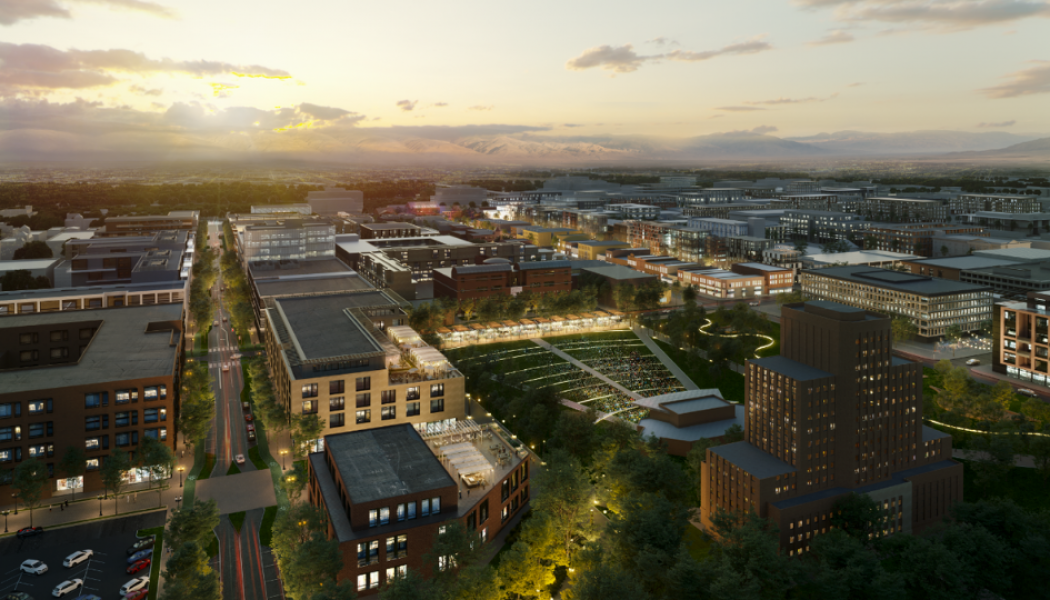



![Conflict Wood [Land8x8 Video]](https://land8.com/wp-content/uploads/2021/07/land8-cover-ipe-land8x8-zac-tolbert-1050x600.png)
![Conflict Wood [Land8x8 Video]](https://land8.com/wp-content/uploads/2021/07/land8-cover-ipe-land8x8-zac-tolbert-80x80.png)
